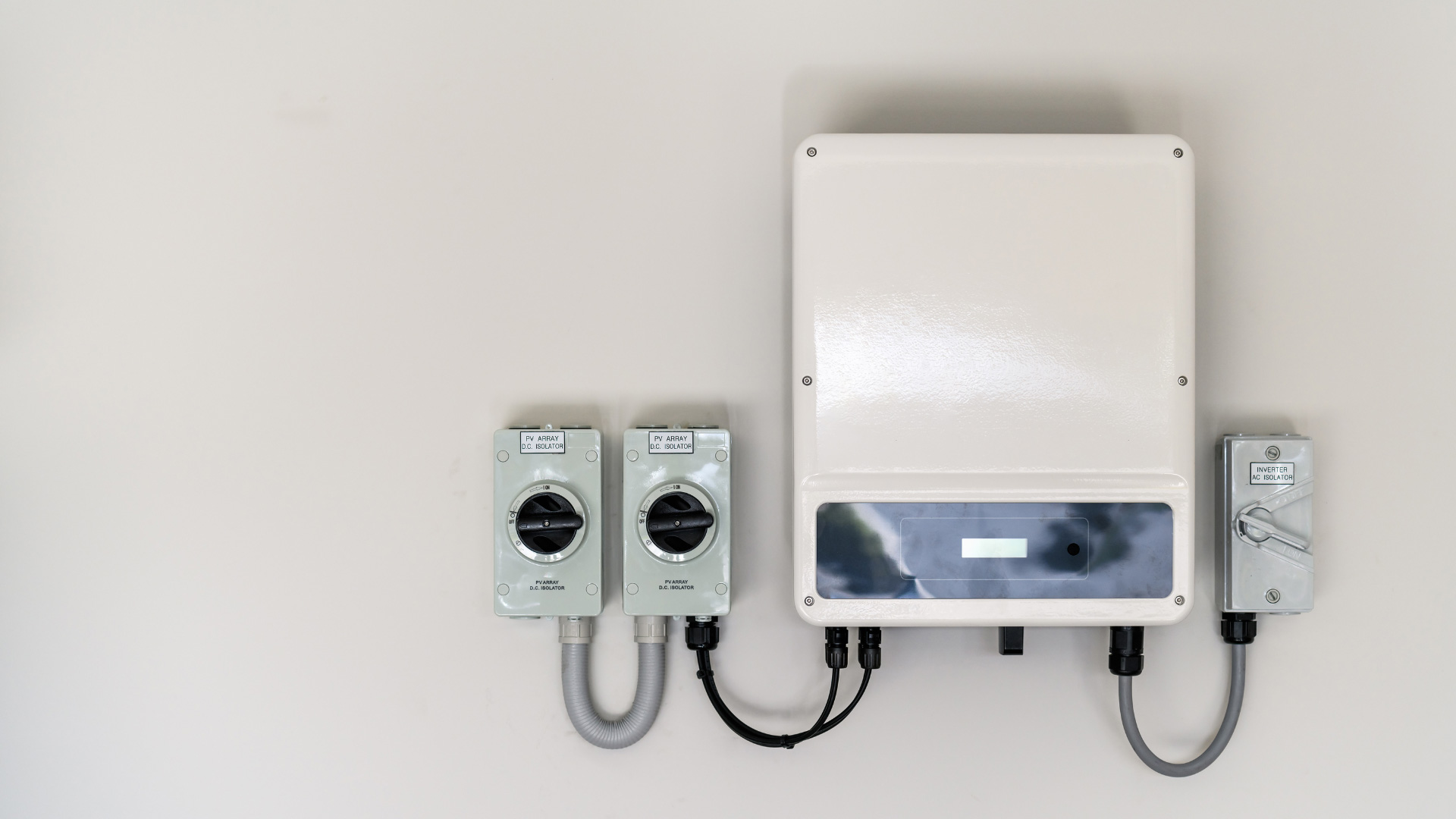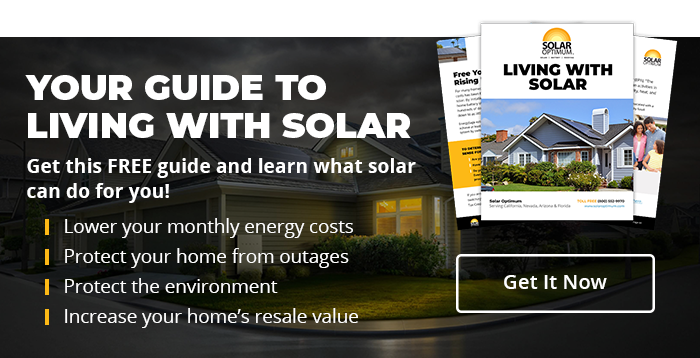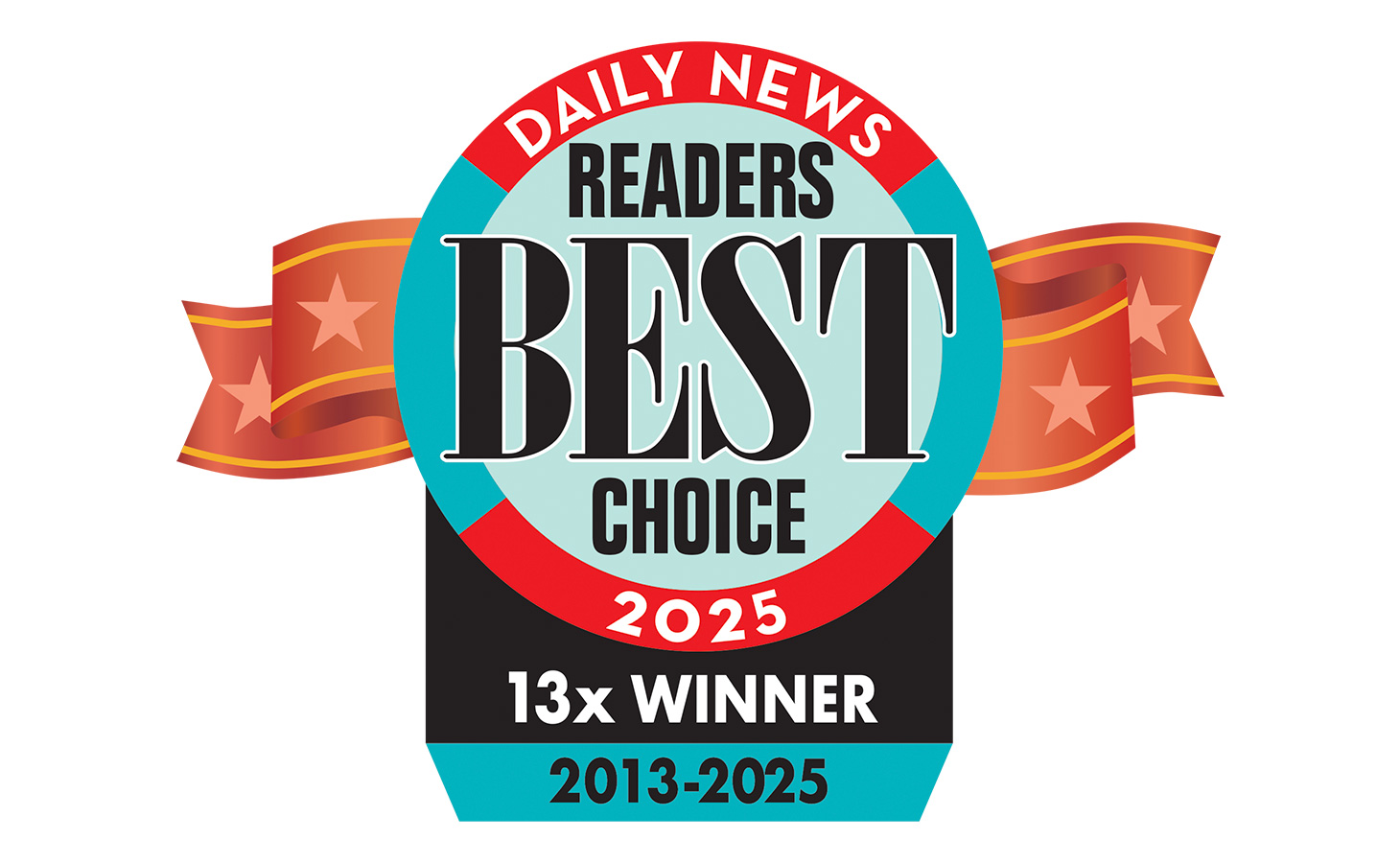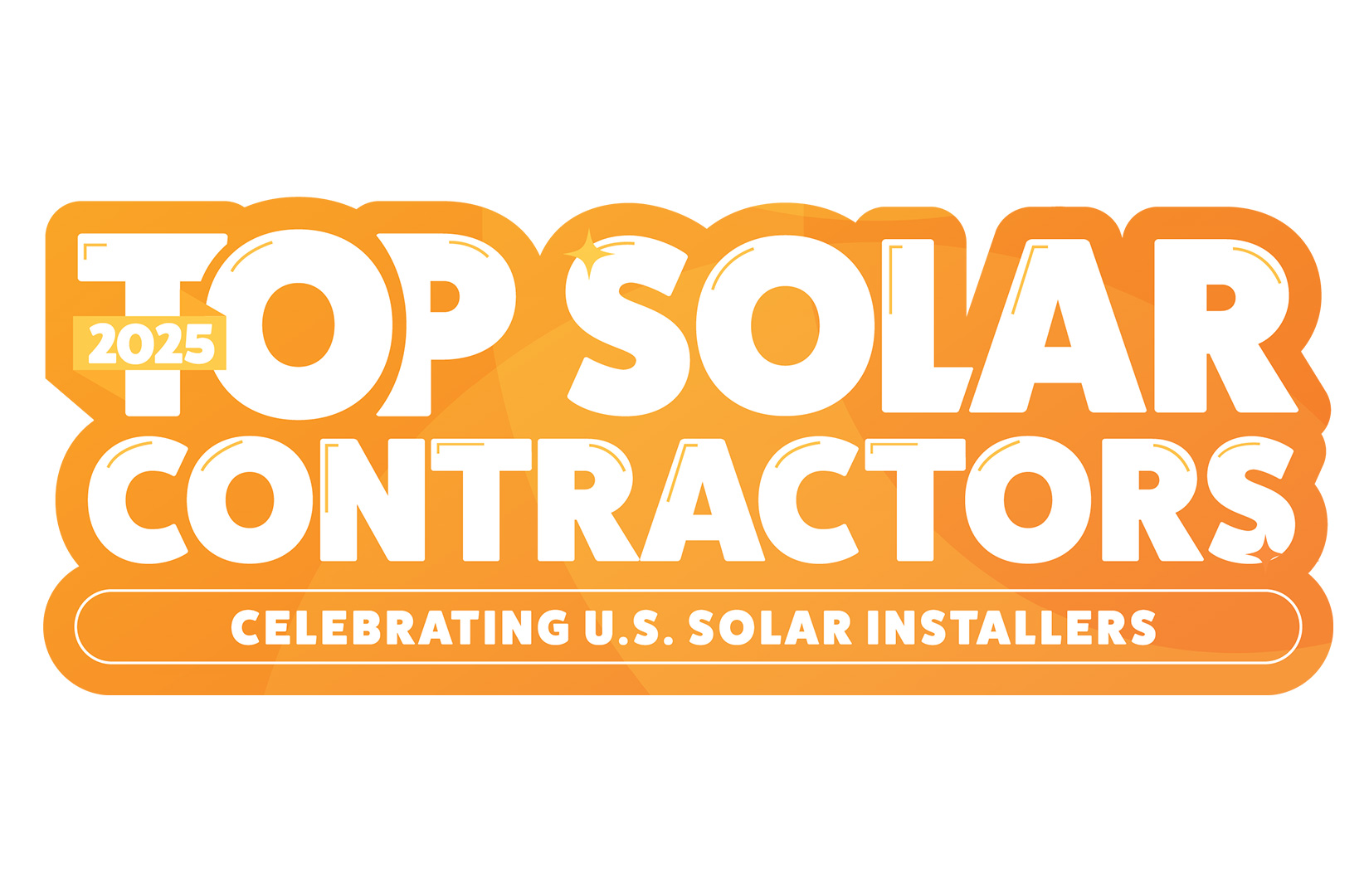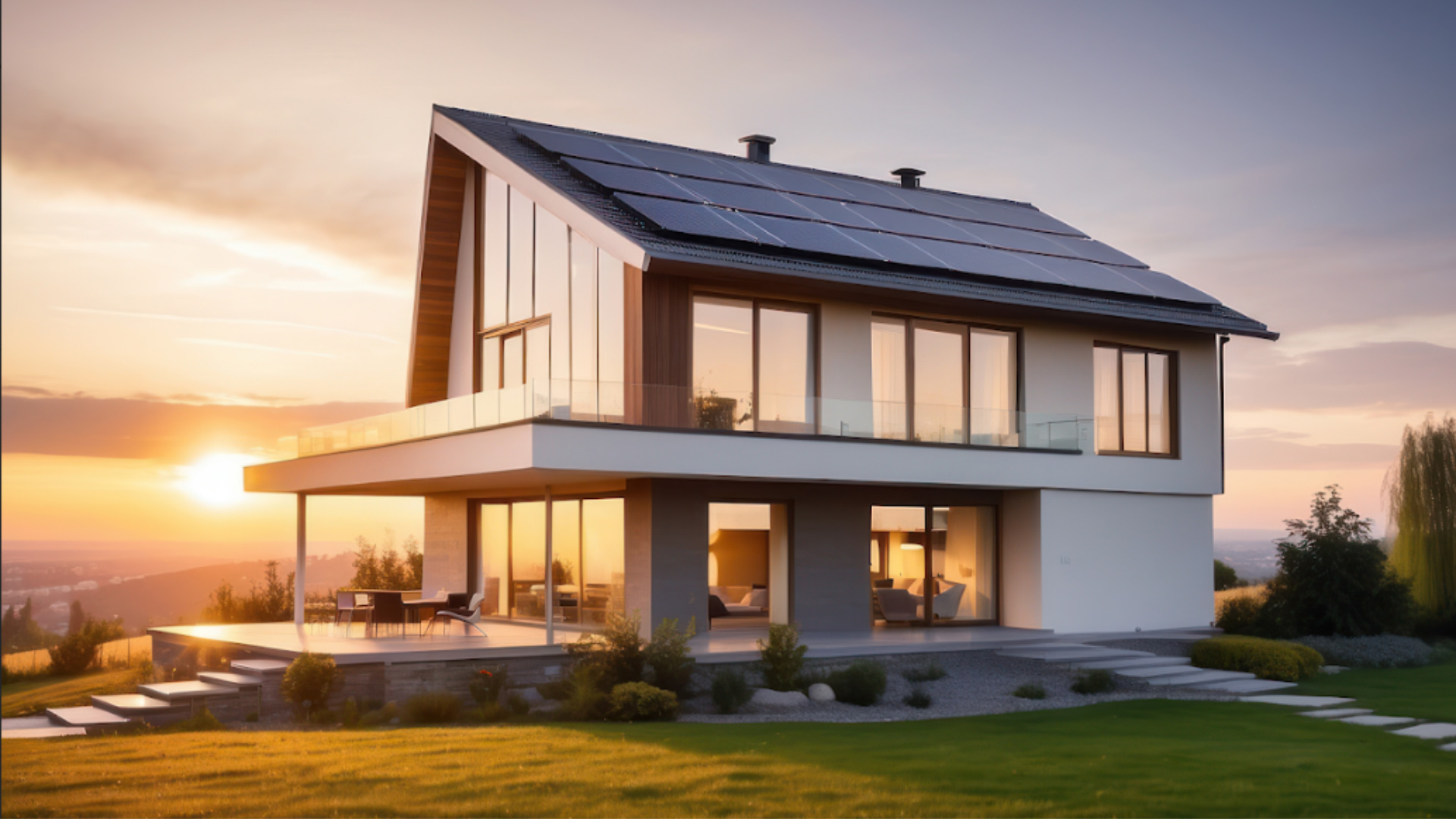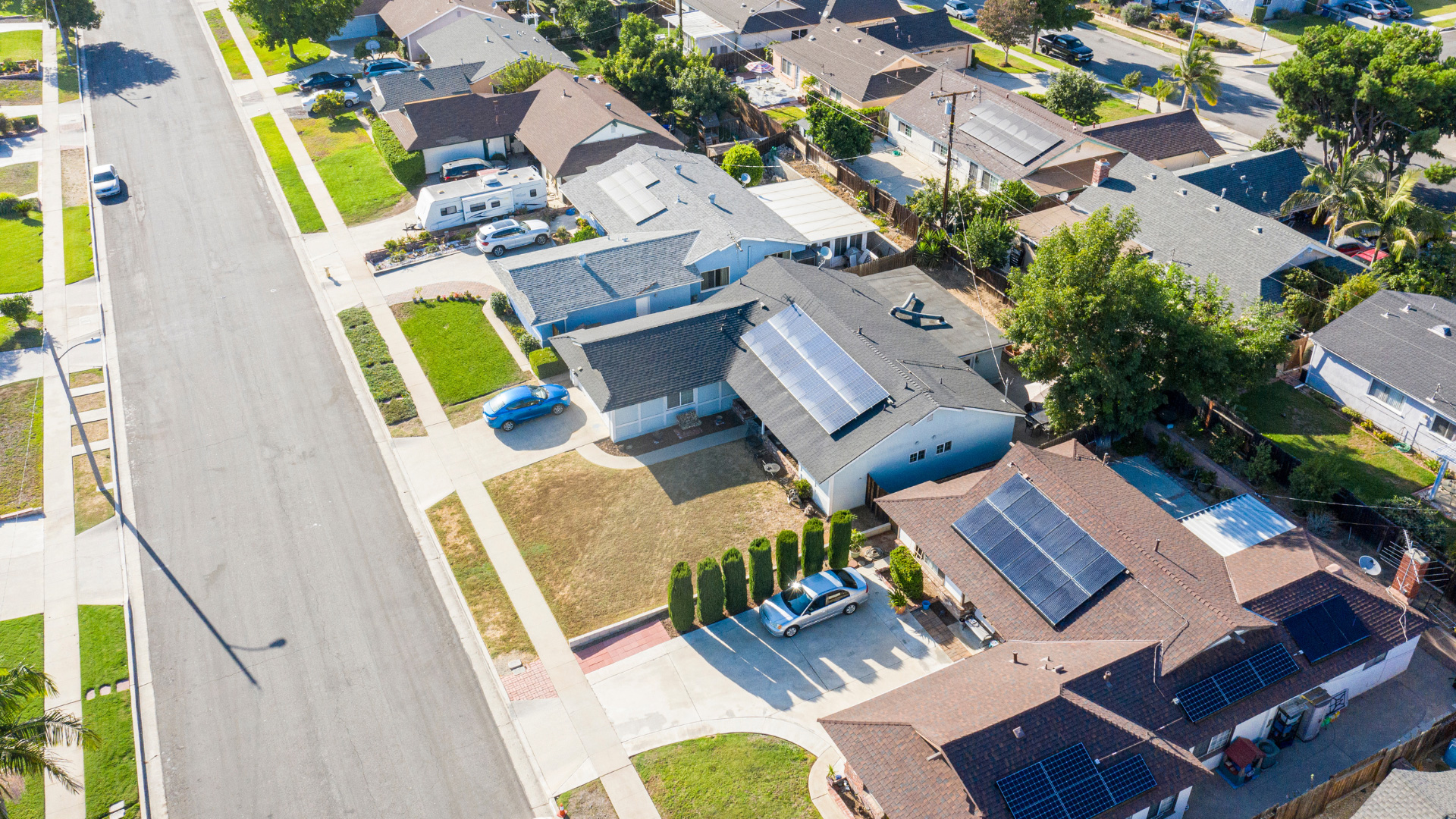Photovoltaic panels produce direct current (DC) energy, which is not suitable for direct use. Many household appliances and electronics are designed to operate on alternating current (AC) energy. Solar inverters convert energy from solar power systems to useful AC power for household usage. Keep reading to learn more about the different types of solar inverters and how they work.
What Is a Solar Inverter?
A solar inverter is a component that transforms direct current from photovoltaic panels to alternating current. Your home or business appliances cannot operate on direct current.
Besides conversion, some inverters help isolate solar energy from the grid power. The isolation ensures that each system — your solar and grid power — operates independently. In addition, advanced inverters have a meter that tracks the amount of energy produced and the amount of energy you consume.
How Do Solar Inverters Work?
A solar inverter receives DC power generated from photovoltaic panels. Afterward, the transformers and transistors within the inverter convert the DC power to AC, which powers your home, business, and electrical appliances.
Types of Solar Inverters
There are several different types of inverters in the solar market. Although all these inverter types serve a similar role, they differ in technology and intended applications. Some of the most common inverters in the market include:
1. Microinverters
A microinverter helps convert direct current from a single solar panel into alternating current. Primarily, every single microinverter serves a single photovoltaic panel. This inverter is popular amongst people who wish to bypass complex string configurations. Moreover, microinverters ensure that issues affecting one panel, such as shading, do not compromise the output of the entire array.
2. String Inverters
Unlike the microinverter, a string inverter serves several solar panels. This configuration simplifies installation. You won’t need to use several inverters for your system, which reduces labor costs.
Furthermore, string inverters help reduce the expenses you could have spent buying several inverters for your solar panel system. However, these inverters might not last as long as microinverters as they serve multiple panels.
3. Hybrid Inverters
A hybrid inverter combines a solar and a battery inverter into a single system. Like any other inverter, the hybrid model helps convert DC electricity into usable AC electricity. In addition to the conversion, hybrid inverters enable you to store surplus solar energy in batteries for future use.
Schedule a Free Consultation With a Solar Power Expert
An inverter is one of the most critical parts of your solar power system. This component converts DC power to AC electricity, which most household appliances use. With it, the energy from your photovoltaic panels can be usable.
Given its benefits, you should always choose an inverter for your system size and type. So, if you wish to avoid taking chances, it matters to involve experts like Solar Optimum, an elite-rated solar energy company. We will help you settle for a suitable unit. Contact us to speak with a solar energy expert today.

